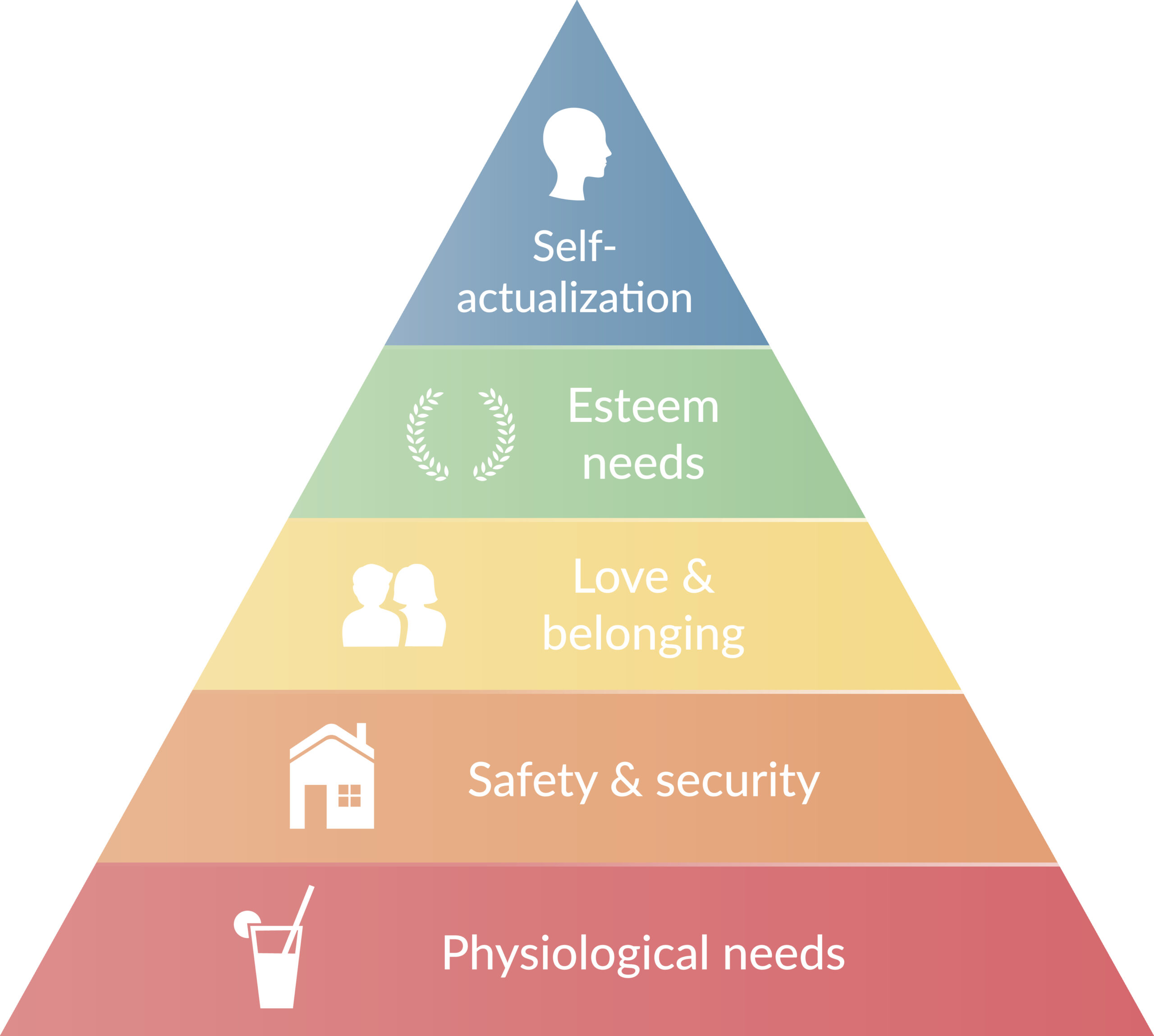Lately, news headlines and social media have been buzzing about rings. Taylor Swift’s engagement sparked endless chatter about the massive ring, while The Summer I Turned Pretty left viewers outraged over Jeremiah’s tiny proposal ring for Belly.
But why are these rings driving so much buzz?
Because diamond rings have become synonymous with love. The bigger the stone, the larger the love (or at least that’s the perception).
But it wasn’t always this way.
De Beers, a firm that specializes in natural diamond mining, trading, and selling, famously introduced the idea of diamonds being the symbol of love and marriage. Despite recent dips in stock value and the rise of lab-grown diamonds’, diamonds remain a luxury staple, thanks to De Beers’ genius strategy. It is not that diamond rings are no longer in demand, rather their demand has evolved.
Now, let’s travel back in time to the late-1900s. After two world wars, the world had lost its interest in diamonds. Couples did not think to spend half their life’s savings on a diamond ring, and the size of a diamond was not yet a cultural obsession.
It was in 1947 that De Beers’ own in-house advertiser, Mary Frances Gerety, completely changed our outlook on love through marketing, Inception style.
“A Diamond is Forever” – Mary Frances Gerety
De Beers understood that in order to sell, they needed to tap into consumer’s motivations. The firm controlled the grand majority of the diamond supply, but what they did not control was the demand. Demand at the time was low due to the high prices as well as the lack of emotional connection to diamonds. In other words, the lay person had no real need to buy diamonds.
Not yet.
De Beers manufactured the desire for diamonds by connecting them to a basic need that all of us have: love.

According to the psychological theory, Maslow’s Hierarchy of Needs, all humans have a series of needs that we look to fulfill throughout our lifetimes. Starting from Physiological needs (i.e food, shelter), all the way to Self-Actualization (i.e purpose, acceptance); Love and Belonging is a major category in this hierarchy of needs, meaning that all humans seek to feel loved, connected, and close to others.
De Beers inserted itself into this category of Love and Belonging by positioning diamonds as the symbol of everlasting love. Multiple advertising campaigns rolled out marketing De Beers’ diamond rings as the product to make a marriage last forever, since Diamonds are Forever.
The result? A timeless campaign that redefined tradition and reshaped consumer behavior.
De Beers’ success shows that the most powerful campaigns don’t just sell products—they connect to human needs and emotions. By turning a want into a perceived need, they built a cultural legacy that still influences us today.

At Vaquero Advertising, we take the same approach. With data-driven insights and creative storytelling, we position your product in a way that makes people not just want it, but feel they need it.
#A Diamond Is Forever, #DeBeers, #TimelessCampaigns, #IconicAds, #BrandPositioning, #MaslowsHierarchy, #EmotionalBranding, #LuxuryMarketing, #ConsumerBehavior, #CulturalBranding, #MarketingPsychology, #EverlastingLove, #AdStrategy, #MemorableMarketing, #HumanNeedsMarketing, #BrandStorytelling, #Neuromarketing, #ViralCampaigns, #AdvertisingHistory, #VaqueroAdvertising

